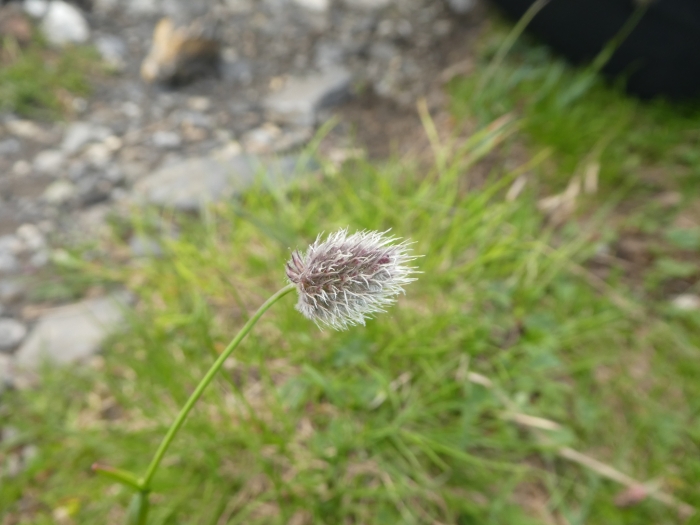Gerard’s Foxtail
(Alopecurus gerardii)
Gerard’s Foxtail (Alopecurus gerardii)
/
/

Bastien Alegot
CC BY 4.0
Image By:
Bastien Alegot
Recorded By:
Copyright:
CC BY 4.0
Copyright Notice:
Photo by: Bastien Alegot | License Type: CC BY 4.0 | License URL: http://creativecommons.org/licenses/by/4.0/ | Rights Holder: Bastien Alegot | Publisher: iNaturalist | Date Created: 2022-06-04T18:24:27-07:00 |

















Estimated Native Range
Summary
Alopecurus gerardii, commonly known as Gerard’s Foxtail or Black Foxtail, is a perennial grass that is native to a wide range of habitats including temperate grasslands, meadows, and wetlands across Europe and Asia. It typically grows to a height of 1.5-3 feet (0.46-0.9 meters) and is characterized by its dense, brush-like flower spikes that appear green or yellow in color, blooming in the spring and summer months. The flowers are not particularly showy but are distinctive due to their foxtail-like appearance.
Gerard’s Foxtail is valued for its adaptability and is often used in wildflower meadows, naturalized areas, and as a component in erosion control seed mixes due to its robust root system. It is also appreciated for its ability to thrive in a variety of soil types, including clay, loam, and sandy soils, provided they offer medium to fast drainage. While it prefers full sun, it can tolerate light shade. This grass requires medium amounts of water, making it relatively easy to maintain once established. However, it can become invasive in some regions, so care should be taken to manage its spread.CC BY-SA 4.0
Gerard’s Foxtail is valued for its adaptability and is often used in wildflower meadows, naturalized areas, and as a component in erosion control seed mixes due to its robust root system. It is also appreciated for its ability to thrive in a variety of soil types, including clay, loam, and sandy soils, provided they offer medium to fast drainage. While it prefers full sun, it can tolerate light shade. This grass requires medium amounts of water, making it relatively easy to maintain once established. However, it can become invasive in some regions, so care should be taken to manage its spread.CC BY-SA 4.0
Plant Description
- Plant Type: Grass
- Height: 1.5-3 feet
- Width: 1-2 feet
- Growth Rate: Moderate
- Flower Color: N/A
- Flowering Season: Spring, Summer
- Leaf Retention: Deciduous
Growth Requirements
- Sun: Full Sun
- Water: Medium
- Drainage: Medium, Fast
Common Uses
Erosion Control, Low Maintenance
Natural Habitat
native to a wide range of habitats including temperate grasslands, meadows, and wetlands across Europe and Asia
Other Names
Common Names: Black Foxtail
Scientific Names: , Alopecurus gerardii, Alopecurus gerardii subsp. gerardii, Chilochloa gerardii, Colobachne caespitosa, Colobachne gerardii, Phleum commutatum, Phleum gerardii,
GBIF Accepted Name: